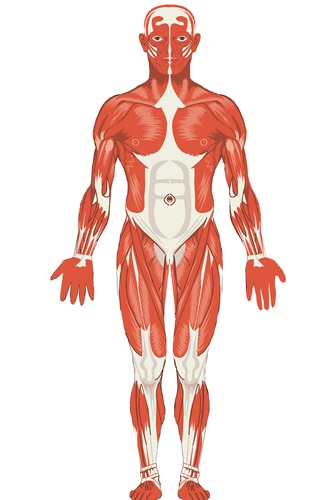by Garcia et al. published by North Atlantic Books, $20.00.
More evidence for my hypothetical thesis of Planetary Herbalism, that the ancient healing wisdom of the planet emanated from one source and has been colloquialized and transposed according to local language and customs.
I’m excited because for the first time, traditional healers, in this case of Mayan descent, and living on the Yucatan peninsula, got together and exchanged their “secrets” in full cultural context (instead of the inane ethno-botanical question “what herbs do you use for a headache”– it becomes “what kind of headache would you use that herb for?”).
This includes their cosmology, theory, classification (instead of yin and yang they classified herbs as heating or cooling — same general idea and vitally important to the practice of herbal medicine).
I appreciated this book because for the first time it describes in considerable depth the type of acupuncture they practice using bones, thorns and other suitable materials. Most of the points find a similar usage in Chinese medicine. Despite the increasing requirements for students (obviously to limit the profession), acupuncture is far easier than herbal medicine and anyone can become, not expert, but relatively effective knowing 20 or 30 points and you don’t need to be a rocket scientist to administer it.
It another of those healing folk arts that has been preempted by an authoritarian professional class.
This probably happened in much the same as we see this process happening with herbal medicine in our own time. First, emphasize the extraordinarily few bad reactions, use this to make everyone afraid and once again alienated from nature, and what is all of our birthrights and heritage, Then, theorize and embroil what is commonsense in biochemical and physiological or esoteric Chinese or Ayurvedic jargon, add a mighty few with a lot theoretical ideas of how these herbs will counteract with drugs and Bwallah!, we’re back to the old distrust of oneself and nature paradigm that is the basis for fueling every authoritative class be it the church, the FDA or the pharmaceutical companies.
Anyway, there is an extensive Mayan, Common ~~~~, Latin ~~~~, materia medica with common uses section that makes the book worth having by all herbalists. It of course emphasizes all the common herbs used by Western herbalists with some uncommon uses:
- Rosemary for diabetes
- Passionflower for skin abscesses
- Solanum hispidum for anginas and dermatitis
- Bermuda grass for bladder infection (glad to find a positive use for that stuff)
- Scarlet (salvia coccinea) sage for nerves
- Bougainvillea for cough, asthma, bronchitis
There’s also mention of herbs that may not be native to the region such as Licorice (G. glabra). Rue (Ruta Graveolens) is generally regarded as an important herb in Central America as well as the Caribbean. It has gotten a bad rap here based on its supposed abortifacient properties and purported toxicity. It sure is bad tasting but that hasn’t stopped us in the past, has it. I know in Costa Rica rue is macerated in olive oil and rue oil is the sovereign remedy used as ear drops for kids ear infections. These healers use if for “evil wind” — I’ll leave it for you to read the book and determine what this is — but also for nausea, fever, nevers, fear and then as a talisman for the “evil eye.” I bet it’s one of those herbs that you can wear in a pouch, whose leaves when bruised, put out antibodies to ward off invading pathogens.

